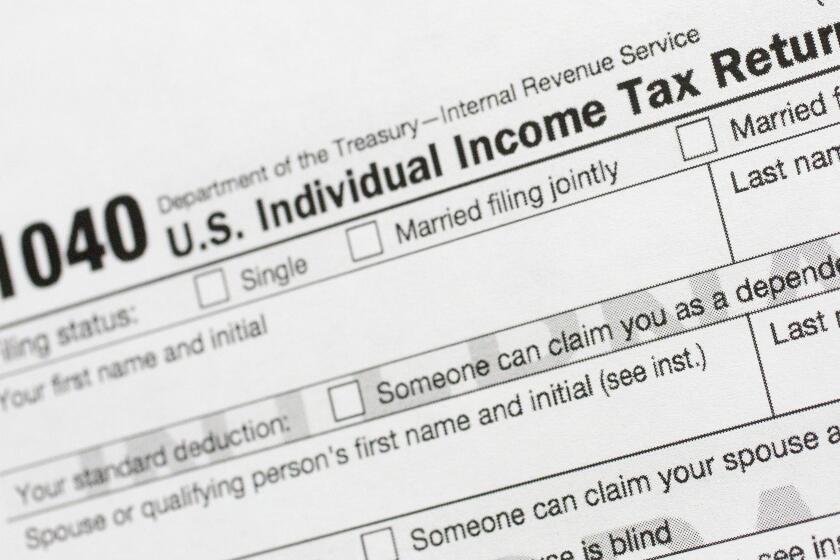Negative equity remains a drag on housing market
Even as a tentative housing recovery in the Southland appears underway, a big stumbling block remains: the vast number of underwater homeowners.
Nearly 1 in 3 homeowners with a mortgage in Los Angeles County owes more on the loan than the property is worth, according to fresh data from real estate website Zillow. In the hard-hit Inland Empire, that climbs to more than half of borrowers.
In roughly 10% of Southern California cities, 1 of every 5 homeowners with a mortgage owes double the value of the house, according to the data, released Wednesday. As sales and prices improve, some economists expect homeowners who have been stuck in underwater properties to try to sell their homes, muting any significant price appreciation.
INTERACTIVE: U.S. underwater mortgages
“Generally I think we are seeing strong signs of an emerging recovery in the housing market — in 2012 we are going to see strong sales growth,” Zillow Chief Economist Stan Humphries said. But “generally our thesis is that the bottom is going to be a pretty long and rocky affair, and people shouldn’t expect a V-shaped recovery. And we are not going back to the go-go years.”
Underwater homeowners in Los Angeles, Orange, Riverside, San Bernardino, Ventura and San Diego counties were a staggering $138.9 billion deep in negative equity at the end of the first quarter, Zillow reported. Nationally, underwater borrowers owe about $1.2 trillion more than what those properties are worth, Zillow estimates.
The new Zillow data show the severity of the negative equity problem down to the ZIP Code level in Southern California.
The data indicate that cities farthest from major job centers are now the deepest underwater. More than 60% of loans were underwater in places such as Palmdale and Lancaster in the high desert, and San Bernardino and Hemet in the Inland Empire.
Neighborhoods with ZIP Codes holding the highest percentage of negative-equity homes included downtown Los Angeles, parts of Adelanto and Victorville, and the Lake Los Angeles section of the Antelope Valley, according to Zillow. The firm calculated the percentages by matching the estimated value of properties to all outstanding mortgage debt and lines of credit associated with those homes, as supplied by the credit firm TransUnion.
The plunge in home values led many experts to predict that homeowners would walk away from their properties in droves — making a calculated decision that staying in a home worth less than the debt on it made little financial sense. That big wave has not materialized.
Richard Green, director of the USC Lusk Center for Real Estate, has studied the issue and found that borrowers who had put higher down payments on their properties were less likely to abandon their homes even if they couldn’t sell their homes for enough to pay off their mortgages.
“People don’t like to walk away from something they have put money into,” Green said. “People seem to hate realizing losses.”
Instead, negative equity has created a drag on mobility and home-price appreciation as people have gotten stuck in their homes.
Before the crash, people would trade their starter homes after a few years for bigger ones. Moving up was so common that chains of buyers and sellers would develop, with each deal dependent on another. The breaking of that chain has created a significant drag on the market, economists said.
Nevertheless, G.U. Krueger, principal of Housingecon.com, said that a significant number of potential move-up buyers with equity in their homes remains. What would help the market is an increased certainty that the economy is headed in the right direction.
“There does seem to be a lot of positive equity left,” he said. “If consumer confidence returns to the market, it could turn into a little bit of a move-up market, which could be the surprise of the season.”
More to Read
Inside the business of entertainment
The Wide Shot brings you news, analysis and insights on everything from streaming wars to production — and what it all means for the future.
You may occasionally receive promotional content from the Los Angeles Times.










